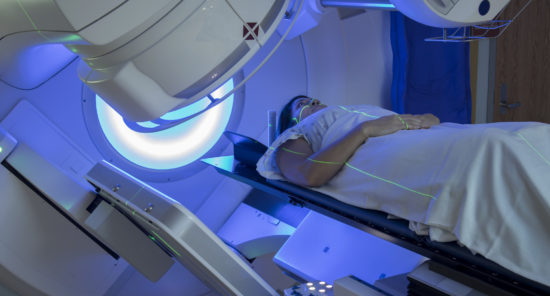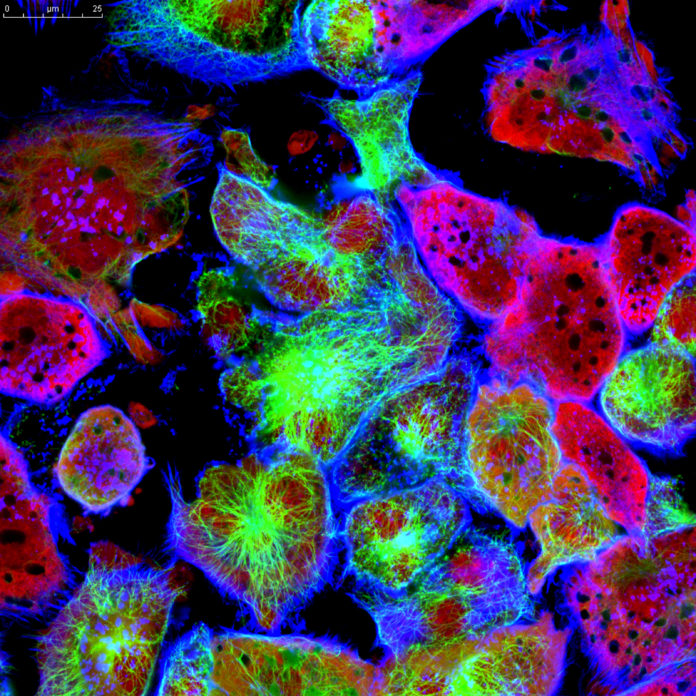A study published in Integrative Cancer Therapies found that measures of gait speed may not accurately predict falls in older breast cancer survivors. However, the Timed Up and Go (TUG) and TUG-Cognitive tests better predicted falls in this patient population.
Older breast cancer survivors are at an increased risk of loss of postural balance and accidental falls due to multiple sequelae of cancer and its treatment; however, the ability to predict falls is not always available. Researchers assessed 34 breast cancer survivors who were 65 years or older (mean age, 72.62 years). Researchers performed three measures of gait speed (usual, fast, dual-task) and the TUG test (TUG, TUG-Cognitive, TUG-Manual).
Gait speed was measured using the 10-meter walk test, which consisted of a 5-meter acceleration and deceleration zone on each end of a 10-meter testing zone. Researchers conducted follow-up calls three months after testing to track falls. For the TUG test, participants were required to stand up from a chair, walk 3 meters and touch a line on the floor, walk back to the chair, and sit down. For the TUG-Cognitive test, participants were instructed to count down out loud by subtracting three from a random number between 20 and 100 while completing the TUG. The TUG-Manual test required participants to pick up a partially filled cup, carry it as they completed the TUG, and set it back down before sitting.
At three-month follow-up, 14 participants (41.2%) reporting falling. The area under the curve (AUC) was below 0.5 for all gait speed measures (gait speed AUC, 0.27 [P=0.12]; dual-task gait speed AUC, 0.34 [P=0.10]; and fast gait speed AUC, 0.25 [P=0.02]), indicating poor predictive ability, according to the authors. All gait speed measures had low sensitivity and specificity to predict falls.
Conversely, all TUG measures had AUC values above 0.5: TUG AUC, 0.76 (95% confidence interval [CI], 1.08-2.35; P=0.02); TUG-Cognitive AUC, 0.69 (95% CI, 0.98-1.57; P=0.07); and TUG-Manual AUC, 0.69 (95% CI, 0.96-1.67; P=0.10). The cutoff scores with the best sensitivity/specificity to predict falls were: TUG-Cognitive, 11.32 seconds (sensitivity, 0.64; specificity, 0.80) and TUG-Manual, 9.84 seconds (sensitivity, 0.71; specificity, 0.65).
“Clinicians should consider using TUG measures, specifically the TUG and TUG-Cognitive, when assessing falls risk in older breast cancer survivors,” the researchers concluded.
Link: https://journals.sagepub.com/doi/full/10.1177/15347354211006462









